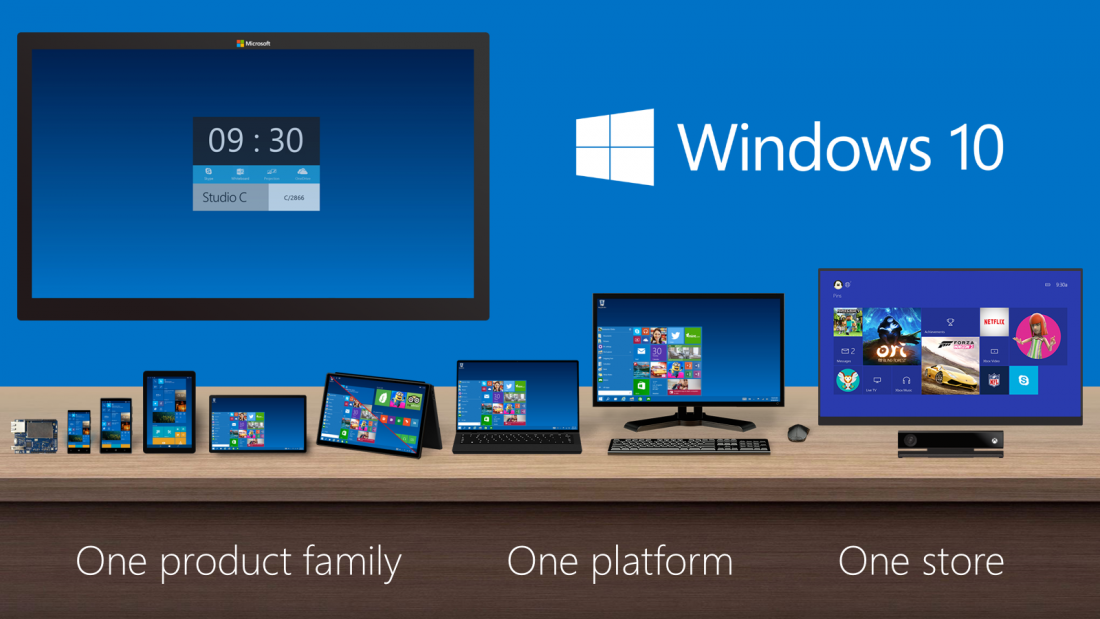Microsoft is making some changes to the way they deliver Windows 10 to consumers, following a successful three-month launch period where the operating system has been installed on over 110 million devices.
The first part of Microsoft's new Windows 10 update delivery system is to post the operating system in Windows Update as an 'Optional Update'. This makes it easy for people to update from Windows 7 or 8.1 by simply browsing through the list of available updates and selecting to download Windows 10.
While Windows 10 will soon be posted in Windows Update, the bigger change is coming in early 2016, when Microsoft will change its listing from an 'Optional Update' to a 'Recommended Update'. This will cause Windows 10 to be downloaded and installed automatically on every system where automatic updates are enabled.

The installer won't fully update your PC to Windows 10 without user intervention, and Microsoft is making it clear that you will be "clearly prompted to choose whether to continue or not". However the choice to make it a "Recommended" update will cause Windows 10 to be automatically downloaded, which may be an annoyance for those on limited bandwidth or download caps.
Microsoft is also planning to update the Media Creation Tool to create a universal DVD ISO or USB key that can facilitate an upgrade to any Windows 10 version: both 32- and 64-bit variants, and both the Home and Pro versions.
As for users of pirated Windows, Microsoft will be trialing a new upgrade process that's designed to get more non-genuine users purchasing Windows 10. After a pirate user upgrades to Windows 10, they'll see a button in the Windows activation menu that will send them to the Windows Store for one-click purchasing.
The new button for pirated users will first roll out in the United States, before Microsoft brings it to other nations.
